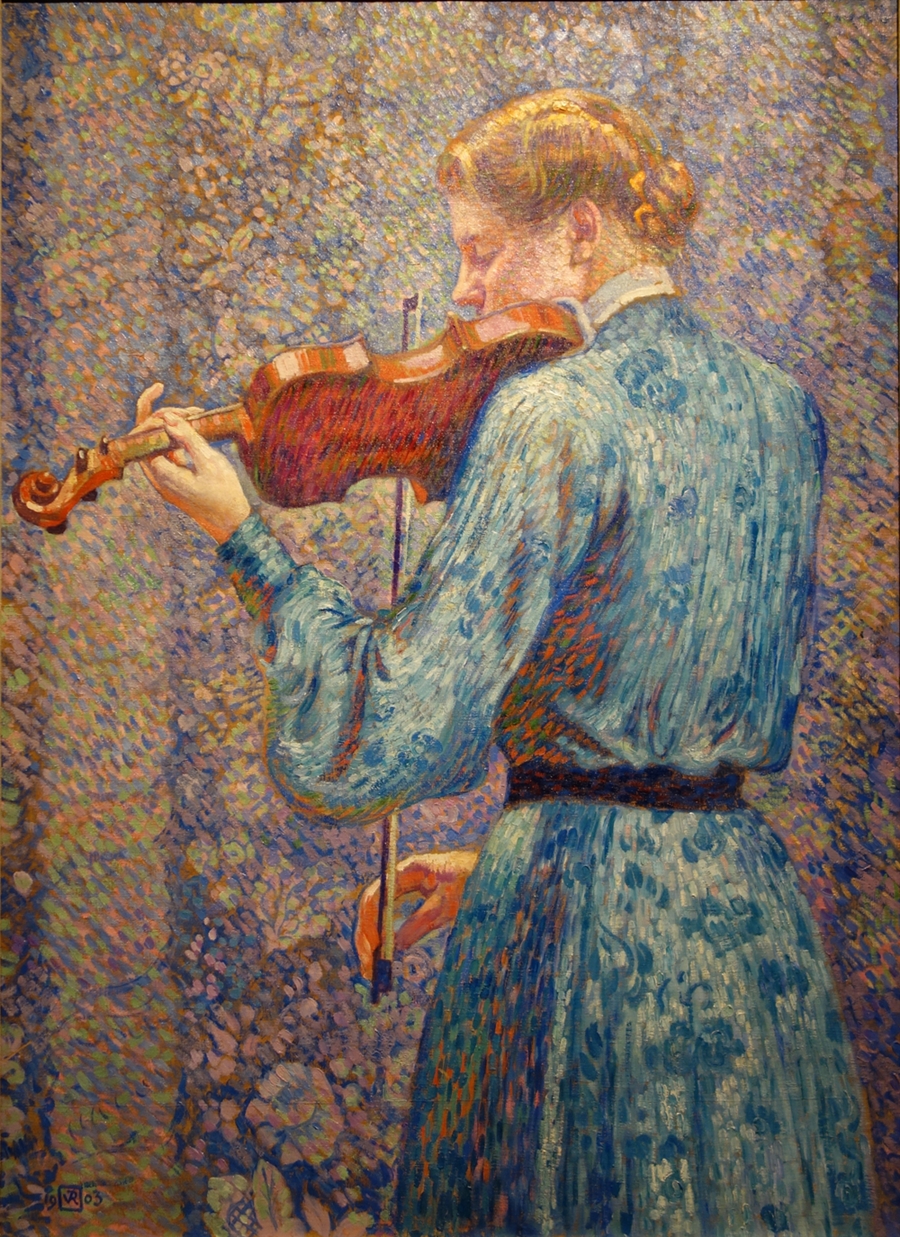André Kohn, Russian painter, was born in Stalingrad, but was raised in the southernmost region of the Former Soviet Union near the Caspian Sea.
He spent the first 12 years of his life surrounded by nature before moving with his family to Moscow in 1984.
The precise convergence of three dynamic forces-culture, environment and talent-combined to produce one of the most collected figurative painters on the American art scene today.







.jpg)